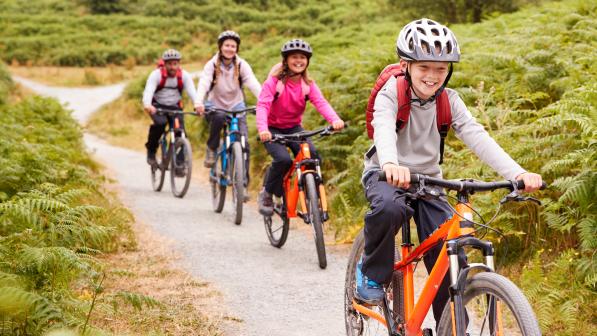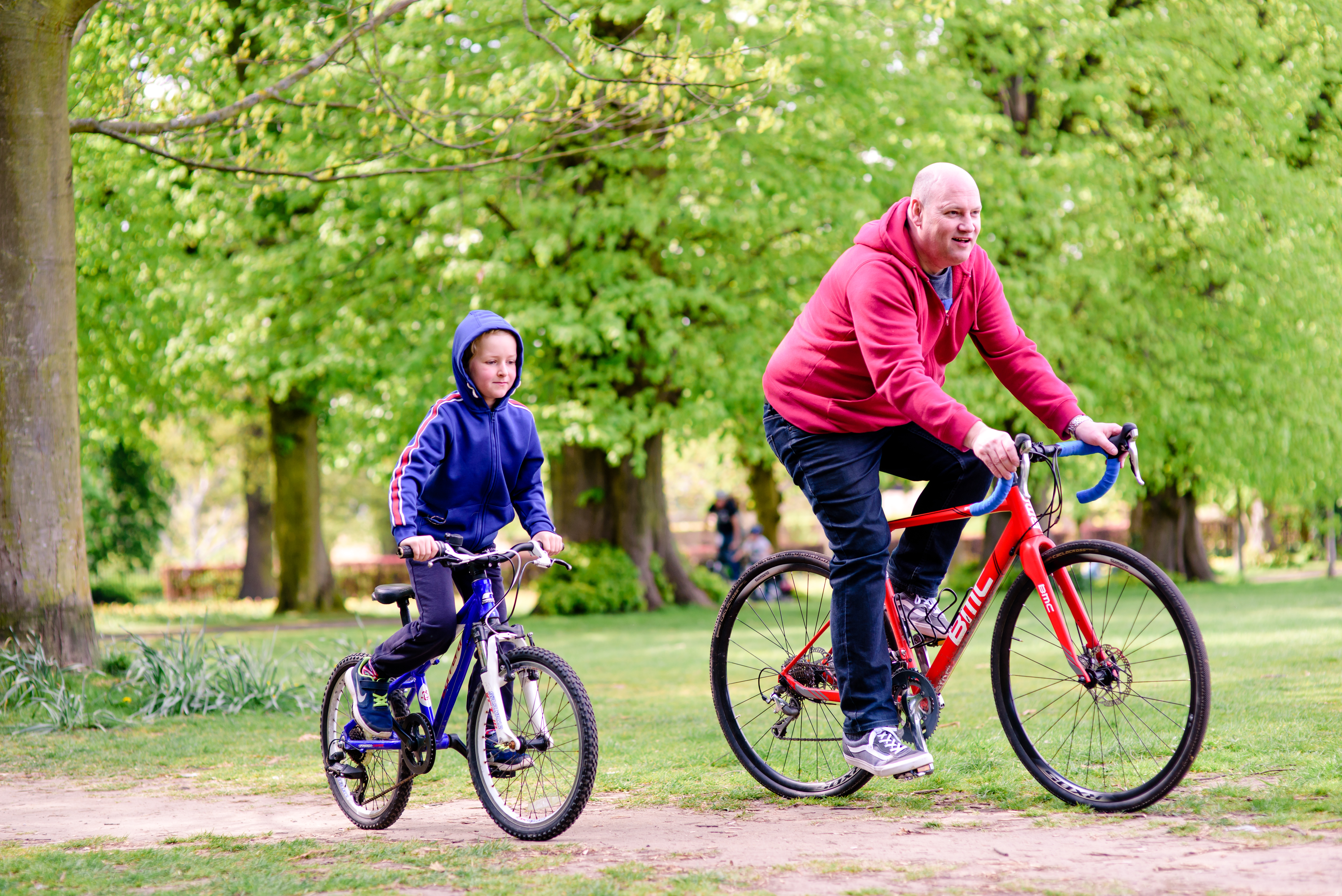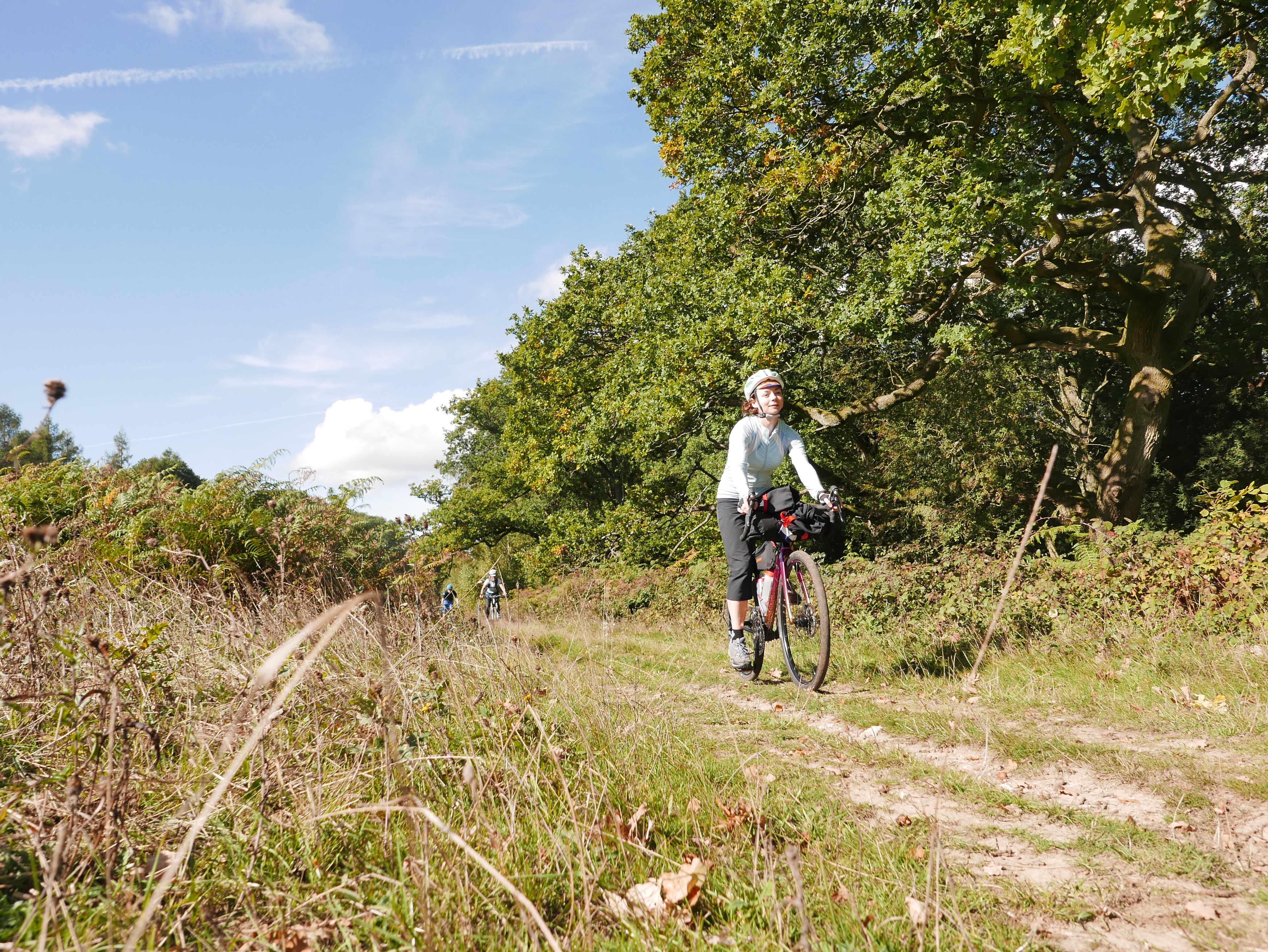New scheme could provide opportunity for more people to enjoy the outdoors

During the months of strict coronavirus lockdown, many of us got to know our local paths in more detail than we ever have before during our daily exercise – whether it was your first time riding from the door rather than driving to a trail centre, or you were searching for a new loop to keep the kids entertained for a couple of hours.
Unfortunately, for many of us, riding off-road isn’t quite the carefree exploration we’d like it to be, often requiring meticulous studying of maps to piece together disjointed bridleways and cycle paths.
It’s even more of a problem if you’re riding with kids, and that lovely riverside cycle path is tantalisingly close – just half a mile down a busy A road.
However, a new system for farming subsidies in England has the potential to change this and make it easier for people to ride from the door and explore their local routes.
The Environmental Land Management (ELM) Scheme will reward farmers and landowners for actions to improve the environment, such as enhancing biodiversity, soil health or water quality. Improvements to environmental quality will have benefits for everyone, based around the principle of ‘public money for public goods’. (Similar schemes are being developed in Scotland, Wales and Northern Ireland.)
This will replace the EU Common Agricultural Policy, which bases payments mainly on quantity of food production.
Unfortunately, Cycling UK is concerned that the scheme as currently proposed isn’t adequately tied in to delivering priorities identified in Defra’s 25 Year Environment Plan and the recent Glover review of National Landscapes, both of which stated an aim of enhancing public access alongside nature recovery.
The past few months have reminded us more than ever that being able to go outside, spend some time in the fresh air, notice wildlife, and rejuvenate body and mind also has benefits for all of us.
Research about time spent outdoors during the pandemic found that 85% of people felt happier in green and natural spaces, and 83% thought they should be places that encourage physical health and exercise.
That’s why Cycling UK thinks that being able to explore and enjoy the outdoors should also be classed as a ‘public good’, because of the enormous benefits to our physical and mental wellbeing.
We made this point in a recent public consultation about the details of the ELM Scheme (you can read our full consultation response here).
Cycling UK’s three key points were:
- Public access and enjoyment of the outdoors should be classed as a public good
- Permanent access (rights of way) should be prioritised over permissive routes
- Routes need to be strategic and joined up
Public access is a public good
The Agriculture Bill which introduces the new payment system sets out ‘public access to and enjoyment of the countryside’ as one of the criteria, but it’s not clear from the current proposals whether this is also specified in the ELM scheme – which is inconsistent and needs clearing up.
The proposals mention encouraging public enjoyment of the countryside by means of school visits and Open Farm Sundays, but this should also include informal public access for air and exercise, such as on rights of way or open access land.
If it was specifically included in the payment criteria this would provide incentives for enhancing public access, by creating new routes or upgrading existing footpaths to allow a wider variety of users.
Permanent access should be prioritised over permissive routes
Permissive access is a more flexible arrangement than creating new rights of way, as the route can be withdrawn at any time if circumstances change. This can understandably be seen as a more appealing and less complicated option by landowners and local authorities.
The flip side is that on the principle of ‘public money for public goods’, permanent rights of way provide a better return on investment with long-lasting public benefit. This is especially true where capital investment is used for things like resurfacing or installing new gates.
Another important factor is that only permanent rights of way automatically appear on updated Ordnance Survey maps, whereas permissive routes aren’t always shown. There’s not much point investing in resurfacing a new path if nobody knows it exists!
Routes need to be strategic and joined up
There have been several projects in the past to create new paths in the countryside, with varying degrees of success. Some were not deemed to provide value for money because the new routes didn’t meet local needs or connect with the surrounding network.
To provide the best value for money, new or improved routes need to fit into a wider Rights of Way Improvement Plan (ROWIP), or they just won’t be used. Most local authorities have produced ROWIPs, but there is no guarantee that many of the improvements will be delivered. Tying in public access with farming subsidies would provide the funding incentive to deliver these changes.
In addition, the Government’s net zero target includes decarbonising transport, and the Department for Transport is setting out plans to do this. But to succeed will require some joined-up thinking – in rural areas, improving rights of way which connect towns and villages can provide a traffic-free route that enables people to travel safely on foot or by bike, rather than always having to use the car.
In short, we believe that the scheme should look to:
- Offer farmers and landowners an annual payment to help better maintain existing rights of way and access across their land.
- Financially incentivise farmers and landowners to increase public access, particularly through improvements in the rights of way network.
- Reimburse farmers and landowners for capital works that are required to create new routes across their land.
The Open Spaces Society and the British Horse Society also responded to the consultation, agreeing that public access should be more of a priority. As Hugh Craddock from the Open Spaces Society says, “Too often, access has been a bolt-on to existing agreements with little public benefit. We are calling for access to be integral to future agreements, and for knowledgeable advisers to enthusiastically encourage land managers to provide a step-change in the quality, quantity and longevity of public access provision.”
If these changes are made, the ELM scheme has the potential to be a step forward to fill in some of those frustrating gaps in the network – the missing links that would enable people to cycle from their door to the nearby forest, bring a disused railway line back to life as a walking and cycling route, or develop new tourism routes to boost the rural economy.
In the autumn we will be starting a new campaign to connect up those missing links. If you want to stay in the loop with how you can be involved, subscribe to our off-road updates.





